I’m one of those weird people who loves snakes. They are vital to ecosystems and help keep mice populations under control (which then reduces ticks and Lyme disease). I also find it really cool to watch snakes slither around and think it’s incredible that they can swim on top of water. Yes, I’m happy whenever I see a snake.
However, I understand why so many people are afraid of snakes. Snakes are primitive creatures and don’t have the empathy traits or cuteness of mammals. There’s research that fear of snakes is hardwired in our DNA.
But most people are afraid of snakes because they don’t understand the creatures. They don’t know that snake bites are very rare and deaths even rarer. Many also don’t know what to do if they see a snake. If you actually learn what to do, you won’t be in a panic when you see a snake because you’ll know how to stay safe. So, here are those instructions.
Also see: Snake Bite Treatment Infographic
Snake Safety Rules
Snake bites are incredibly rare. When bites do occur, it’s usually because someone tried to kill the snake or because the snake got scared.
Let’s assume that you aren’t dumb enough to try to kill a snake. So, if you want to avoid snake bites, you simply need to avoid startling snakes by following these “rules.”
- Look where you hike. So you don’t accidentally step on a snake.
- Stay on the trail. If you must go off-trail, consider wearing boots and snake gaters.
- Don’t lift big rocks. Snakes like to hide under these.
- Check for snakes before sitting on logs or rocks. Look around the edges of the log/rock to see if there are any tails protruding. Then tap the rock or log with a hiking pole to see if a snake slithers out.
- Be cautious when gathering firewood. Snakes like to hang out in piles of sticks. Take your time when gathering firewood so you don’t grab a snake by accident.
- Check inside your boots before putting them on. The chances of a snake being in your boot are slim, but there is a good chance that some squishy spiders are in there. 😉
*Before each camping trip, I always go over these rules with my daughters. If you don’t trust your kids to follow the rules (kids love to run through tall grass and lift up rocks…), then don’t leave them alone.
Not All Snakes Are Dangerous
A big part of snake safety is education. Learn about venomous snakes live in the area (they might not be any!). This will reduce your fears and help you know how to react.
For example, I’ve absolutely gone swimming with snakes. But only because I knew they were non-venomous. On the flip side, if I see a venomous viper near my tent, I WILL move my campsite! Yes, this has happened.
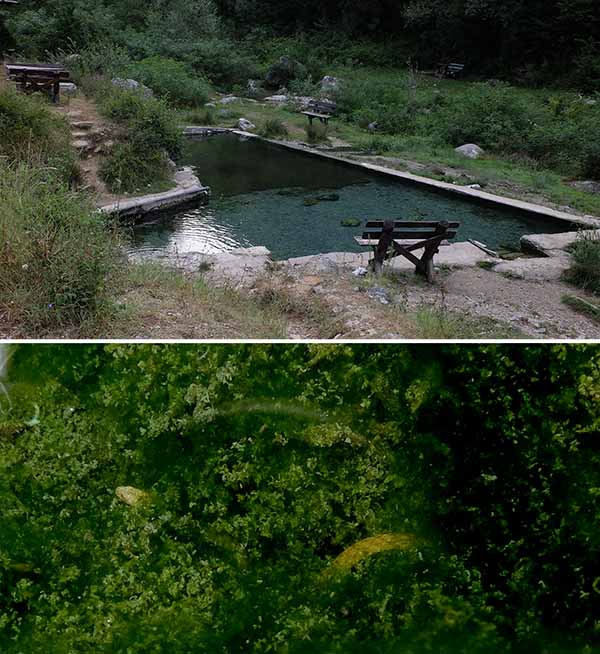
This hot springs had at least 20 snakes swimming in it. But, since I knew they were 100% harmless, they weren’t going to stop me from enjoying a soak!
What to Do If You See a Snake
1. Don’t Run
You’ve spotted a snake. Your first instinct might be to run away from it. This is exactly what you shouldn’t do. Instead, STOP and STAY STILL.
Snakes have very poor eyesight. The get clues about their environment from tasting chemicals in the air (which is why their tongues flicker) and from vibrations in the ground.
If you run, the snake may interpret the sudden movement as a threat and attack. Thus, the smartest thing to do is to stop moving and stay still. This will help calm the snake down. It will likely slither away on its own.
If the snake is coming towards you: It probably means that it hasn’t detected you. If you stomp the ground, then snake will detect the vibrations (remember, snakes have crappy vision) and change direction. Or, you could just stay completely still. The snake might not even realize you are there. It might slither right over your feet. So long as you remain motionless, it won’t strike you!
2. Slowly Back Away
If the snake doesn’t move away on its own, start slowly backing away from the snake. Try not to make any sudden or jerky movements.
3. Stay Out of Striking Range
Wait for the snake to slither away. If it doesn’t slither away and you need to pass, then go around the snake — making sure to stay out of striking range as you do.
Snakes typically curl into an S shape before they strike. The S shape allows them to extend their body when striking. Most snakes can only strike half their length, but some snakes can strike 2-3x further than their length.
*Remember that snakes can seem much shorter when they are coiled, so give the snake plenty of extra room when walking around it.
Read: How to tell a snake is about to strike
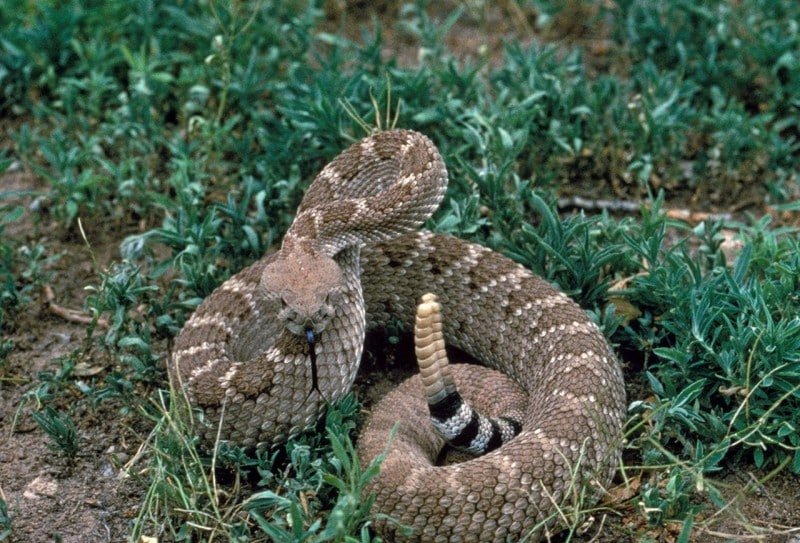
This Western Diamondback rattler is giving a warning that it is about to strike.
4. Warn Others
If you see a venomous snake while hiking or at camp, warn other people you see. Don’t try to do something like scare the snake off the trail as this will just increase the likelihood of it striking you.


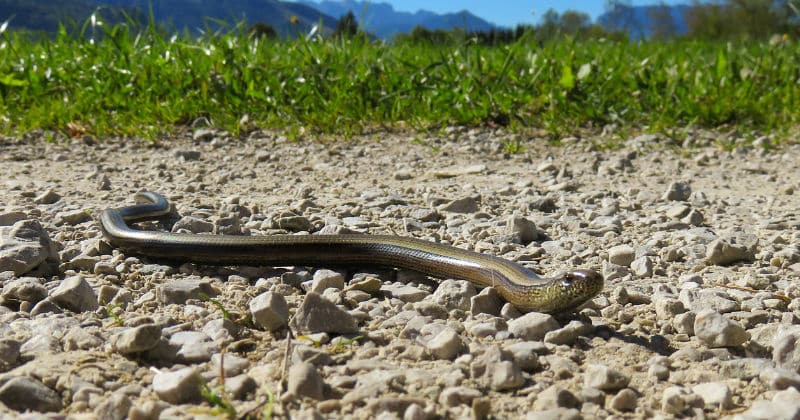
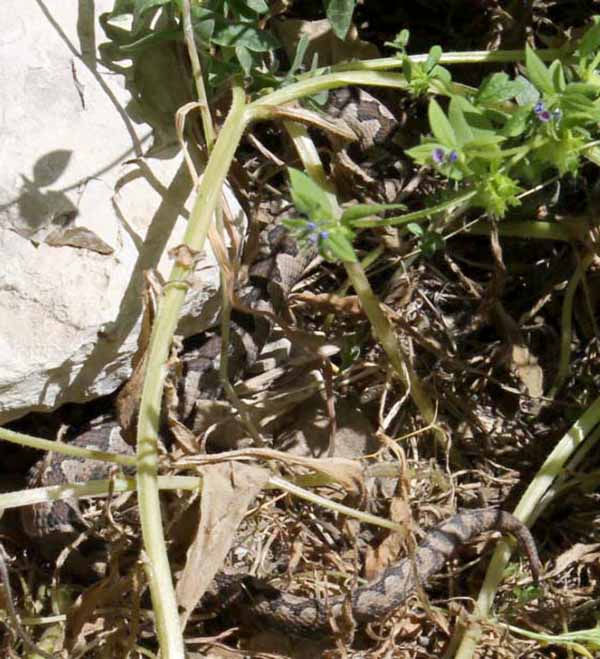
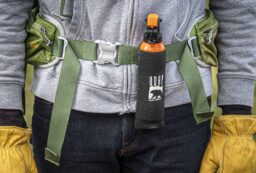
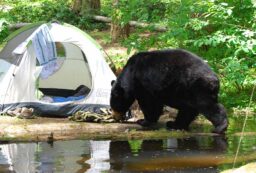
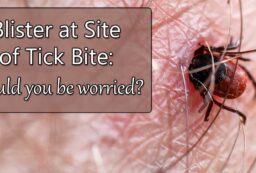







Post your comments